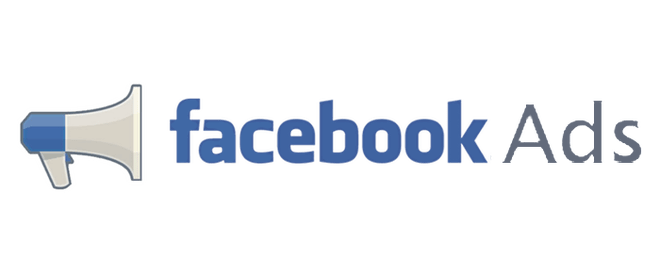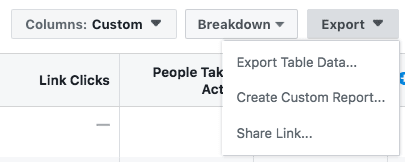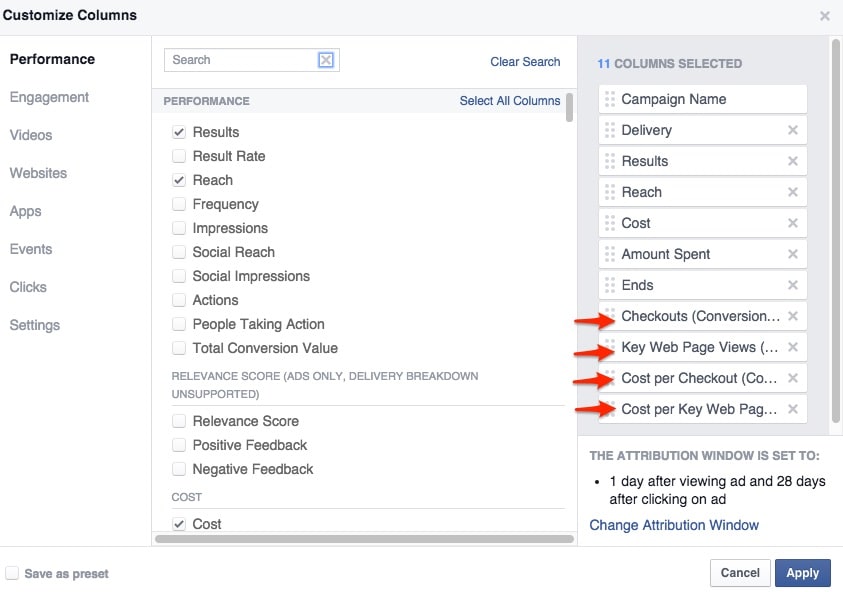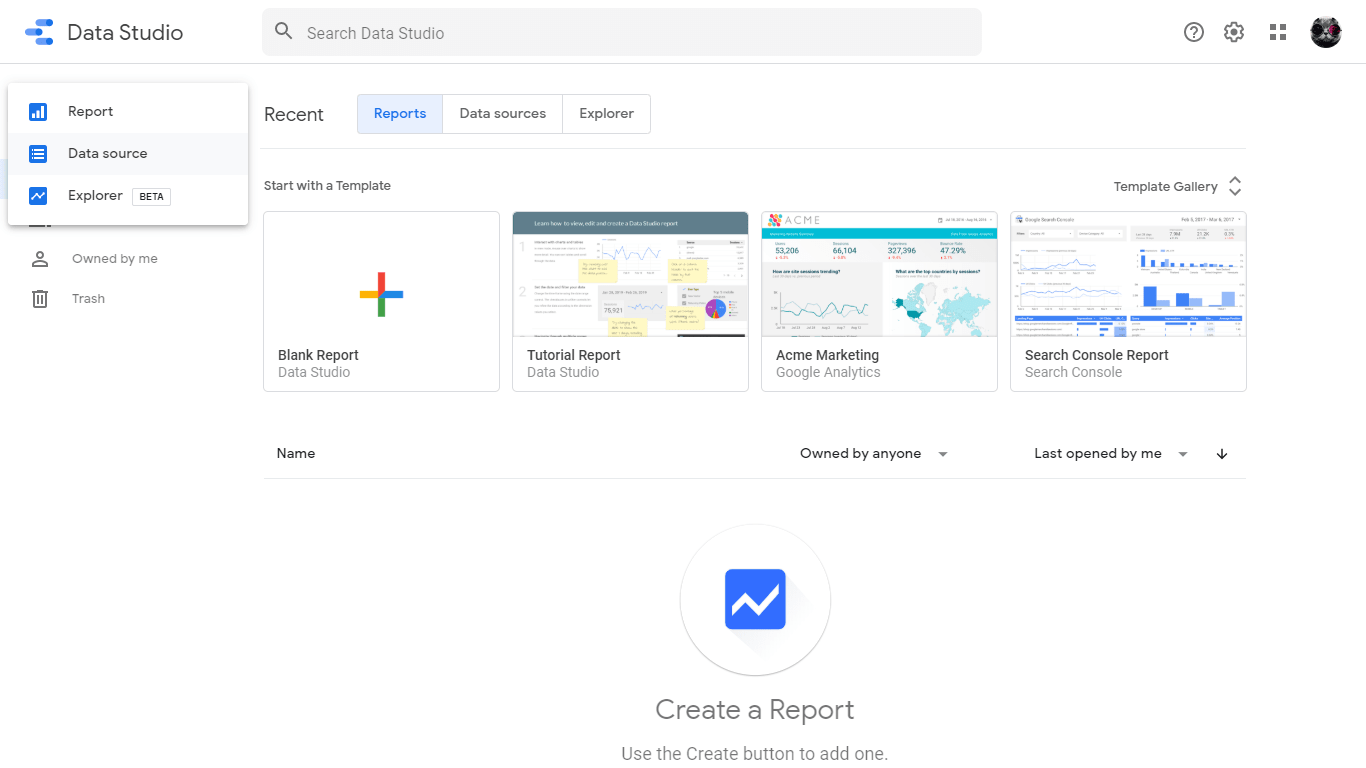How To View My Facebook Ad
More than 1.4 billion people use Facebook and no matter who your audience is — age, gender, occupation — you'll be sure to reach them through Facebook Ads.
In this post, you will learn how to connect Facebook Ads to Google Data Studio so that you can visualize this data using visual elements like charts, graphs, and maps with the intention to understand:
- What you're doing.
- Why you're doing it.
- Trends and patterns in your data.
- Your ROI
You can use these metrics to see your growth or compare different types of posts to see which ones are performing the best.
Table of Contents
- Introduction to Facebook Ads
- Introduction to Google Data Studio
- Connectors
- Data Sources
- How to Connect Facebook Ads to Google Data Studio
- Steps to Load Data
- Limitations of this Method
- Conclusion
Introduction to Facebook Ads
Today Facebook Ads is the safest and easiest way to get real results from your advertising dollar. 1 out of every 9 people on earth has a Facebook account and over 140 million businesses advertise on Facebook.

Facebook Ads are a miracle in advertising. Basically for any business, they can create more leads, sales, awareness – whatever you're going after to create more money in your business. Facebook Ads are used to turn social media users into your customers because they can reach the right people based on their interests. Facebook allows you to discover your target demographic such that you can eliminate the users who you don't want to reach with your marketing message.
When you or anyone else on Facebook creates your profile and engages with the platform, you give Facebook valuable data about yourself that marketers can then tap into, to create targeted Ad campaigns
You can advertise based on age, location, personal interests, income level, education, and so on. This means your message is only shown to those people who are truly interested in your products and services. This makes for successful advertising because your message only gets in front of people who are ready to buy your product or services.
Introduction to Google Data Studio

The Google Data Studio serverless BI reporting tool lets you present data using a range of visualization options. You can use it to create dashboards, multi-page reports, and more. You can also connect different data sources to build your dashboards and reports.
There are two main concepts in Data Studio: Connectors and Data Sources.
Connectors
Connectors allow you to connect Data Studio to your underlying data. There are three types of connectors:
- Google Connectors – These are built by Google and they let you access data from Google Analytics, Cloud SQL, Youtube Analytics, Google Ad Manager, Google Cloud Storage, and other Google Products.
- Partner Connectors – These are built and supported by Data Studio developer partners. Partner connectors let you access data stored in other Google and non-Google platforms such as Facebook, eBay or Amazon.
- Community Connectors – These let you access any internet-connected data source such as your own private corporate databases, social media platforms, CRM, finance, HR software, etc. Anyone with basic JavaScript knowledge can build Community Connectors.
Data Sources
Data Sources represent a particular instance of a connector: for example, a connection to a specific Analytics view, MySQL table, or Google Sheets.
There are 3 types of data sources:
- Live connection data sources: These update the data in your reports in real-time.
- Extracted data sources: These provide a snapshot of your data. Extracted data sources give you the best performance when querying data.
- Blended data sources: These combine fields from up to 5 data sources and above.
Hevo is a No-Code Data Integration Platform. You can easily load your data from Facebook Ads and multiple other free sources in real-time for easy visualization in Google Data Studio. Hevo makes sure that you fulfill your needs at a reasonable price. It offers pre-built data integrations from 100+ data sources, including Facebook Ads.
Get started with hevo for free
Let's look at some unbeatable features of Hevo:
- Easy Implementation: Hevo offers a simple and intuitive user interface.
- Fully-Automated: You can automate your entire ETL process without writing any custom code.
- Zero Maintenance: Once you're done with the setup, Hevo manages all future tasks automatically.
- Fault-Tolerant: Hevo can automatically detect anomalies from the incoming data and informs you immediately.
- Security: Hevo makes sure that your data is secured by using two-factor authentication and end-to-end encryption.
- Zero Data Loss: Hevo makes sure that data is transferred from source to destination in real-time without any loss or change in data.
Sign up here for a 14-day free trial!
How to Connect Facebook Ads to Google Data Studio
Option 1: Create your own community connector using Google Apps Script.
Option 2: Use a static data source.
Google currently does not have a built-in integration with which you can pull Facebook Ads data into Data Studio which is why in this post, I am going to show you how to get started with Google Data Studio using a static data source. You are going to cover the steps you need to follow to create your very first Facebook Ads report. We'll look at how to connect a static Facebook Ads data source for your report and dashboards.
You bring data into Data Studio from a Facebook Ads data source by uploading CSV (comma-separated values) files. The file upload feature lets you report on data not supported by a specific connector.
Prerequisites
- Access to the internet and a web browser.
- A Facebook Ads account.
- A Google account.
- Basic experience with Google Apps Script and the Facebook API.
Steps to Load Data
- Export Facebook Ads Reports as CSV.
- Create a Data Set in Data Studio.
- Upload CSV files to Data Studio.
Step 1: Export Facebook Ads Reports as CSV
When exporting data, you have the option to select the specific campaigns, columns, Ad sets, or Ads that you wish to export as a CSV text file.
To export Facebook Ads data as CSV:
- Go to your Ads Manager – the tool that lets you create and manage your Facebook Ads.
- Click the Export button in the top-right of your reporting table.
- Click Export Table Data.

- Choose Save as .csv in the dialogue that appears and then click Export.
- Click Export all to export all of your ad data. You can also select specific campaigns, Ad sets or Ads that you want to export as a CSV with Export selected.
- To export specific columns, select the Customise export feature.

Step 2: Create a Data Set
A data set in the context of file upload is a collection of files with the same structure. Once you create a file upload data set, you can connect to it and create data sources that use that data just as you would with other types of data.
To create a data set:
- Sign in to Data Studio.
- In the top left, click Create.
- Select Data Source in the dialogue that appears and give your data source a meaningful name, for example, Facebook Ads Data Source.

Step 3: Upload CSV files to Data Studio
- In the Connectors panel, select File Upload from the connectors built by Data Studio. This connector allows you to connect your Data Studio account to CSV (comma-separated values) files.
- Authorize Data Studio to upload your data to Google Cloud Storage.
- Drag one or more files from your computer to the upload target, or if you prefer click UPLOAD FILES and select the files you want.
- Your files will be added to the data set.
Limitations of this Method
This method is subject to the following limitations:
- You can only upload a total of 2GB of your Facebook Ads data to Data Studio.
- Data Studio has a limit of 100 uploads per data set per day.
- Maximum file size of 100MB per CSV file.
- Adding data to a data set appends it to the data set, as opposed to merging it. In other words, if you upload duplicate records, both records will appear in your data.
- Every file you upload must have exactly the same structure.
Conclusion
In this article, you have seen how you can pull data from Facebook Ads to Google Data Studio. We have discussed how to use a static data source to do the same. You could also write your custom script but that would require some expertise in JavaScript.
An easier solution is to use a fully managed tool like Hevo that handles all your data from data sources like Facebook Ads, etc., and makes it analysis-ready for free. It eliminates the need for a data warehouse by providing in-built data storage.
visit our website to explore hevo
sign up and start your 14-day free trial.
How To View My Facebook Ad
Source: https://hevodata.com/learn/facebook-ads-to-google-data-studio/
Posted by: claytonwhisconce.blogspot.com

0 Response to "How To View My Facebook Ad"
Post a Comment